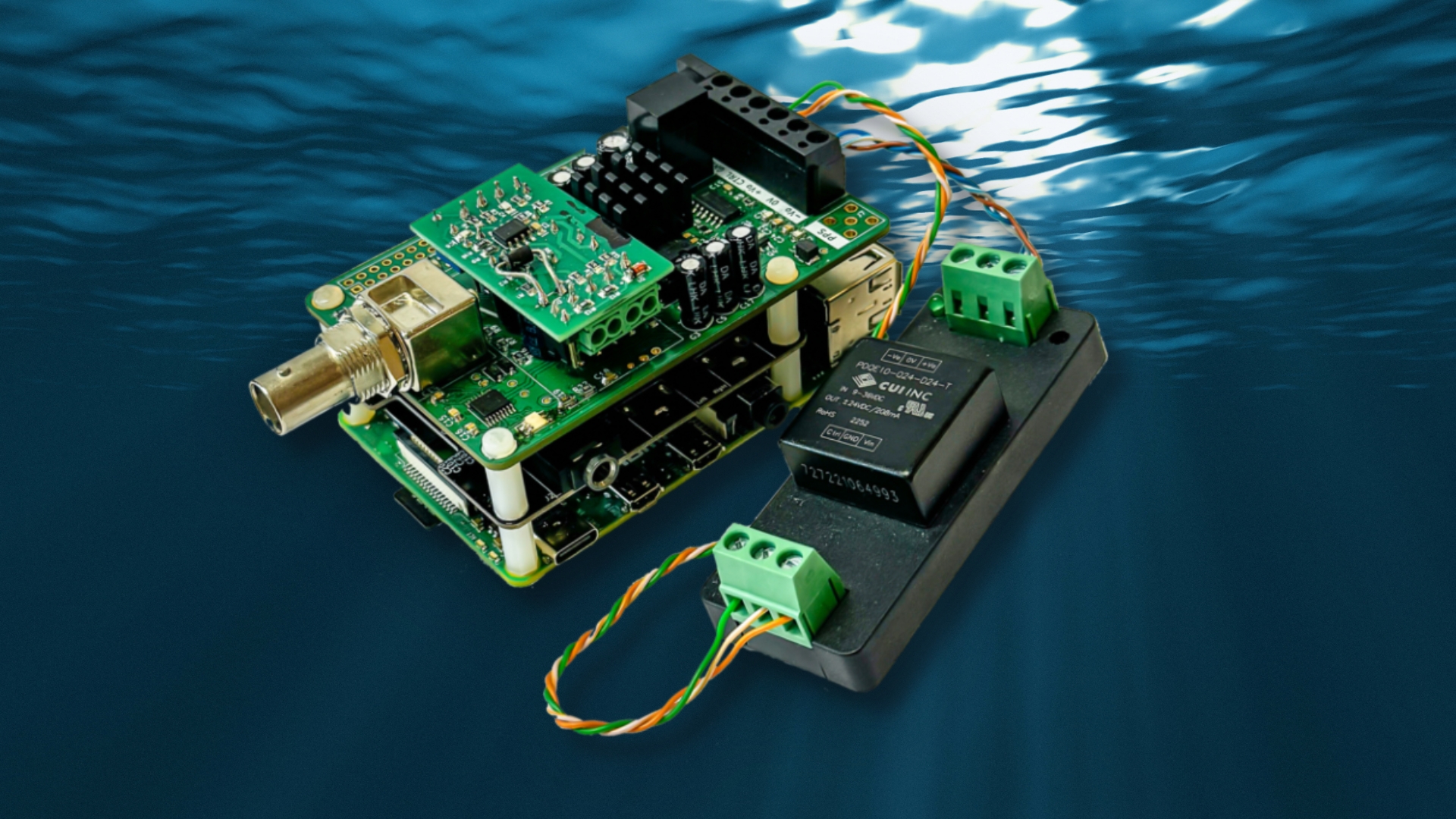
A startup company in Italy is developing a much less expensive solution for underwater communication than is currently available. They’ve incorporated Raspberry Pi into low-cost alternatives to two critical and costly parts of underwater acoustic communication: the modem and the transducer.
The SubSeaPulse SRL venture is led by Filippo Campagnaro and Michele Zorzi, researchers from the University of Padova in Italy. The pair aims to make underwater communication more accessible. Currently, modems for transmitting and receiving sound signals underwater can cost more than $10,000.
The challenge has always been the physics of sending any signal through water. Since radio and optical signals are very limited in water, communication with submarines and sensors in the ocean is usually more complex than sending a signal to the moon.
Zorzi told IEEE Spectrum that “the main issue of underwater communication is the cost of the modem.” This single component can be more expensive than the rest of a researcher’s equipment, even if said gear includes a submersible robot.
To help make such a system more accessible and less expensive, SubSeaPulse designed a setup using a Raspberry Pi base, a sound card hardware attached on top (HAT), and the necessary software to use it all. To add even more flexibility, the SubSeaPulse modem is software-defined, meaning users can modify the signal modulation to suit specific needs.
The modem could also be used as an analog front-end instead of a fully functional modem. This could be helpful in testing acoustic signals, and the team points out that the device’s flexibility includes the ability to install custom software.
The team is also working on a more economical transducer version that converts energy to and from acoustic signals. These components typically cost over $2,000 each, but SubSeaPulse is modifying a $400 device commonly used to listen to marine mammals.
The new devices could open up a technology usually reserved for applications in defense and offshore oil and gas exploration. While some well-funded researchers use the technology to study climate change, monitor pollution, or track biodiversity, SubSeaPulse’s products will drive new research opportunities.







